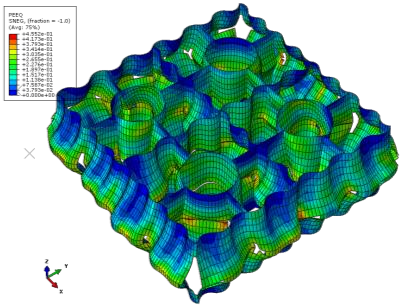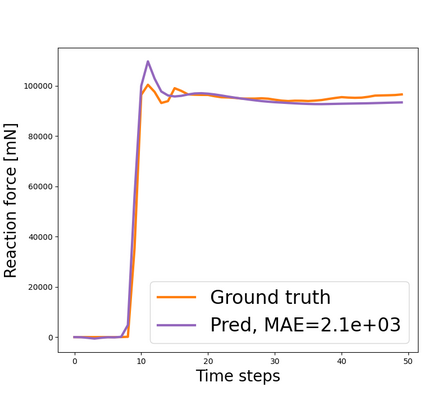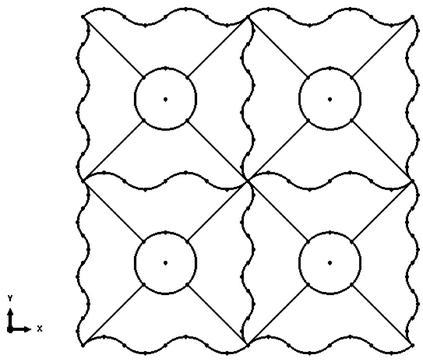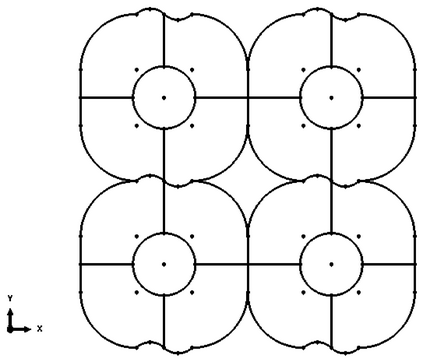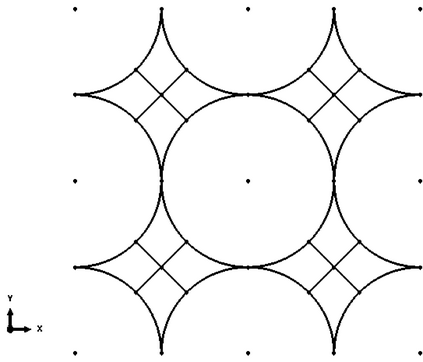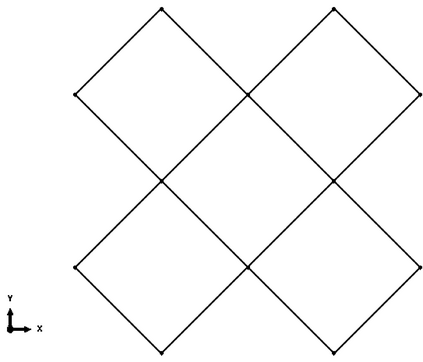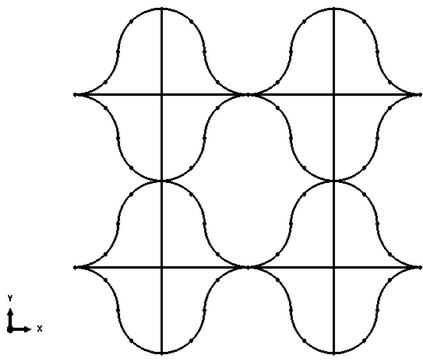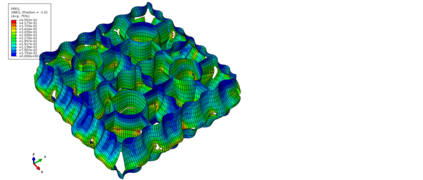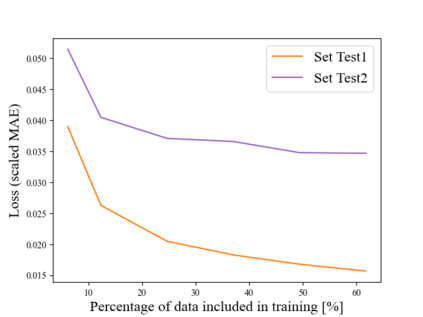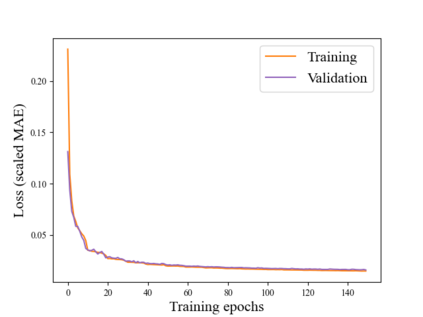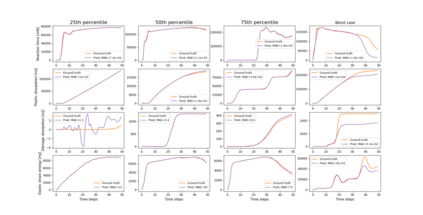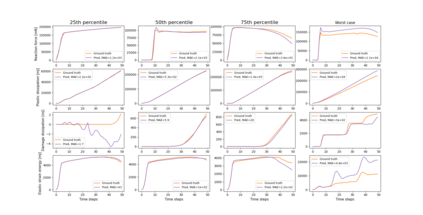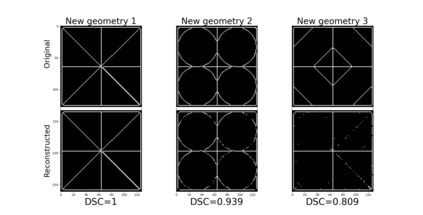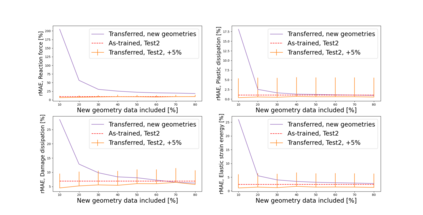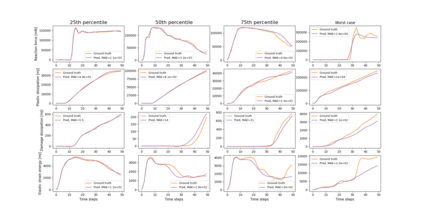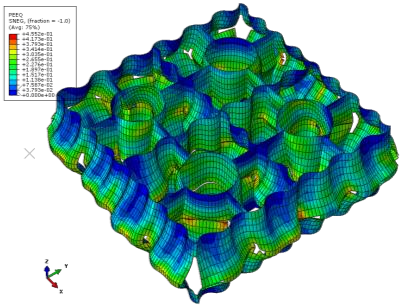This paper investigates the structure-property relations of thin-walled lattices under dynamic longitudinal compression, characterized by their cross-sections and heights. These relations elucidate the interactions of different geometric features of a design on mechanical response, including energy absorption. We proposed a combinatorial, key-based design system to generate different lattice designs and used the finite element method to simulate their response with the Johnson-Cook material model. Using an autoencoder, we encoded the cross-sectional images of the lattices into latent design feature vectors, which were supplied to the neural network model to generate predictions. The trained models can accurately predict lattice energy absorption curves in the key-based design system and can be extended to new designs outside of the system via transfer learning.
翻译:本文调查了动态纵向压缩下的薄壁层的结构- 财产关系,其特点是横截面和高度。这些关系阐明了机械反应设计的不同几何特征的相互作用,包括能源吸收。我们建议了一个组合式关键基设计系统,以产生不同的衬衣设计,并使用有限元素方法以约翰逊-饼干材料模型模拟它们的反应。我们使用自动编码器,将层层的跨部门图像编码为潜在的设计特征矢量,提供给神经网络模型,以产生预测。经过培训的模型可以准确预测关键设计系统中的拉蒂能源吸收曲线,并通过转移学习,将其扩大到系统外的新设计。

